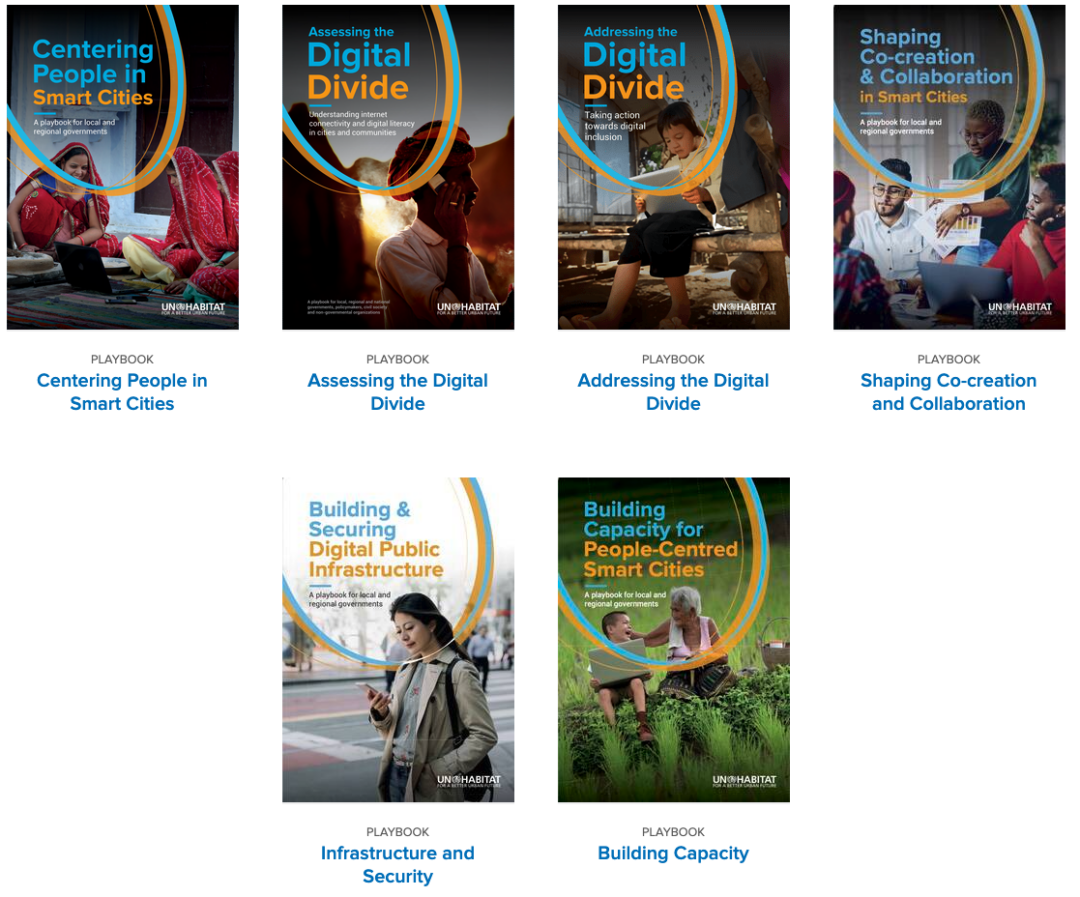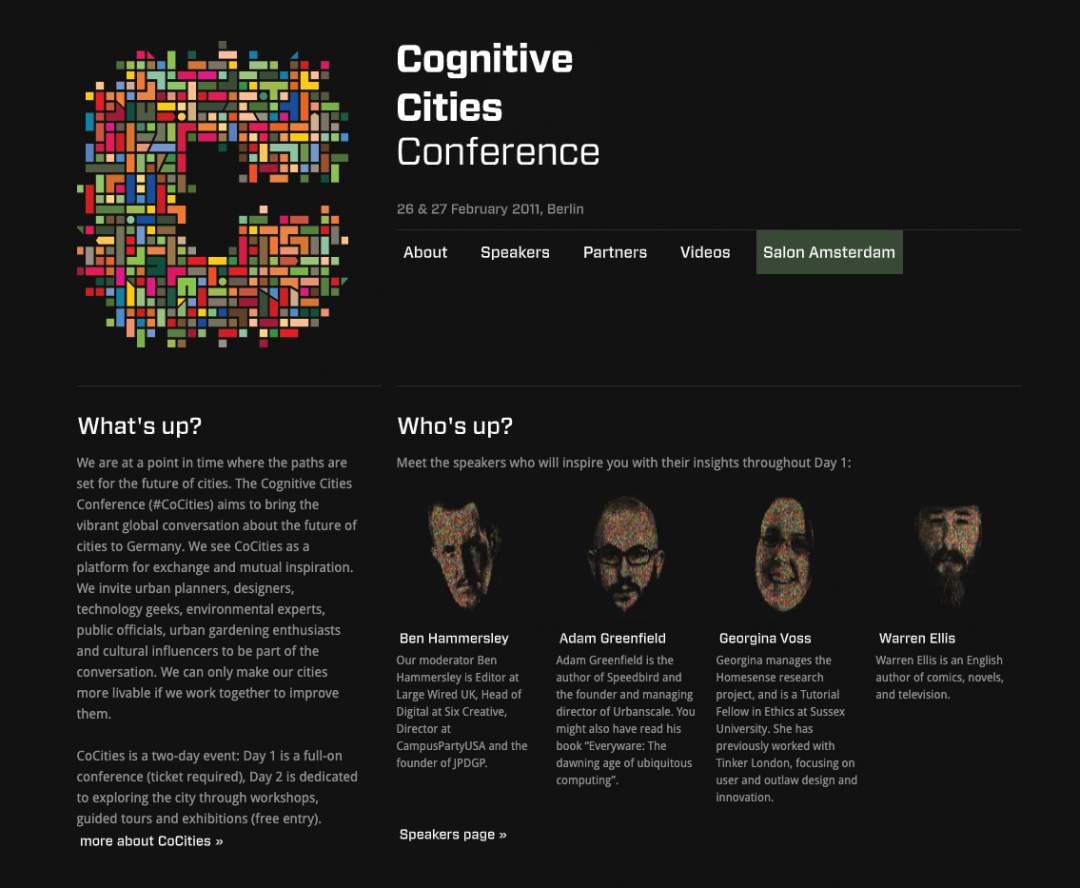For the Trustable Technology Mark, we identified 5 dimensions that indicate trustworthiness. Let’s call them trust indicators:
- Privacy & Data Practices: Does it respect users’ privacy and protect their data rights?
- Transparency: Is it clear to users what the device and the underlying services do and are capable of doing?
- Security: Is the device secure and safe to use? Are there safeguards against data leaks and the like?
- Stability: How long a life cycle can users expect from the device, and how robust are the underlying services? Will it continue to work if the company gets acquired, goes belly-up, or stops maintenance?
- Openness: Is it built on open source or around open data, and/or contributes to open source or open data? (Note: We treat Openness not as a requirement for consumer IoT but as an enabler of trustworthiness.)
Now these 5 trust indicators—and the questions we use in the Trustable Technology Mark to assess them—are designed for the context of consumer products. Think smart home devices, fitness trackers, connected speakers or light bulbs. They work pretty well for that context.
Over the last few months, it has become clear that there’s demand for similar trust indicators for areas other than consumer products like smart cities, artificial intelligence, and other areas of emerging technology.
I’ve been invited to a number of workshops and meetings exploring those areas, often in the context of policy making. So I want to share some early thoughts on how we might be able to translate these trust indicators from a consumer product context to these other areas. Please note that the devil is in the detail: This is early stage thinking, and the real work begins at the stage where the assessment questions and mechanisms are defined.
The main difference between consumer context and publicly deployed technology—infrastructure!—means that we need to focus even most strongly on safeguards, inclusion, and resilience. If consumer goods stop working, there’s real damage, like lost income and the like, but in the bigger picture, failing consumer goods are mostly a quality of life issue; and in the case of consumer IoT space, mostly for the affluent. (Meaning that if we’re talking about failure to operate rather than data leaks, the damage has a high likelihood of being relatively harmless.)
For publicly deployed infrastructure, we are looking at a very different picture with vastly different threat models and potential damage. Infrastructure that not everybody can rely on—equally, and all the time—would not just be annoying, it might be critical.
After dozens of conversations with people in this space, and based on the research I’ve been doing both for the Trustable Technology Mark and my other work with both ThingsCon and The Waving Cat, here’s a snapshot of my current thinking. This is explicitly intended to start a debate that can inform policy decisions for a wide range of areas where emerging technologies might play a role:
- Privacy & Data Practices: Privacy and good data protection practices are as essential in public space as in the consumer space, even though the implications and tradeoffs might be different ones.
- Transparency & Accountability: Transparency is maybe even more relevant in this context, and I propose adding Accountability as an equally important aspect. This holds especially true where commercial enterprises install and possibly maintain large scale networked public infrastructure, like in the context of smart cities.
- Security: Just as important, if not more so.
- Resilience: Especially for smart cities (but I imagine the same holds true for other areas), we should optimize for Resilience. Smart city systems need to work, even if parts fail. Decentralization, openness, interoperability and participatory processes are all strategies that can increase Resilience.
- Openness: Unlike in the consumer space, I consider openness (open source, open data, open access) essential in networked public infrastructure—especially smart city technology. This is also a foundational building block for civic tech initiatives to be effective.
There are inherent conflicts and tradeoffs between these trust indicators. But **if we take them as guiding principles to discuss concrete issues in their real contexts, I believe they can be a solid starting point. **
I’ll keep thinking about this, and might adjust this over time. In the meantime, I’m keen to hear what you think. If you have thoughts to share, drop me a line or hit me up on Twitter.


